Science loves beautiful experiments
A new book covering the history of scientific inquiry invites us to marvel at the elegance of experimentation.
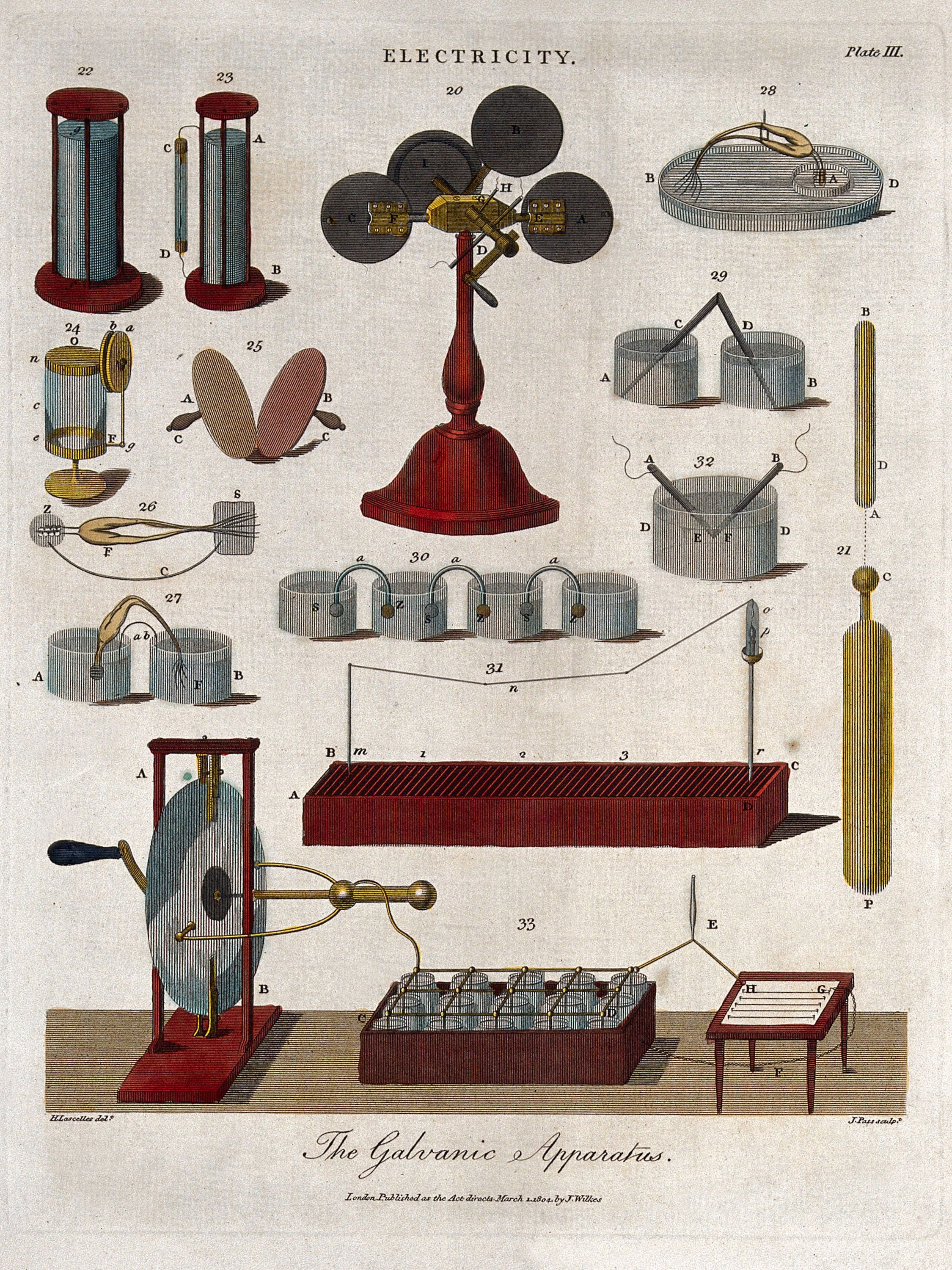
Some philosophers have argued that “beauty” in science stands as a proxy for truth. Many scientists have agreed. The British physicist Paul Dirac, for example, claimed that it is more important for a theory to be beautiful than for it to conform with experimental tests. And Einstein stated that “the only physical theories we are willing to accept are the beautiful ones.” Such aesthetic judgments seem a little shallow, however, and also perilous: we might be tempted to place undue trust in an idea simply because we deem it beautiful. Indeed, other scientists are skeptical that perceptions of beauty are any guide to validity; what matters in the end is whether a theory fits what we see in the real world. The 19th-century British zoologist Thomas Henry Huxley said that the great tragedy of science is “the slaying of a beautiful hypothesis by an ugly fact.” But hypotheses and theories are not the only sources of scientific beauty.
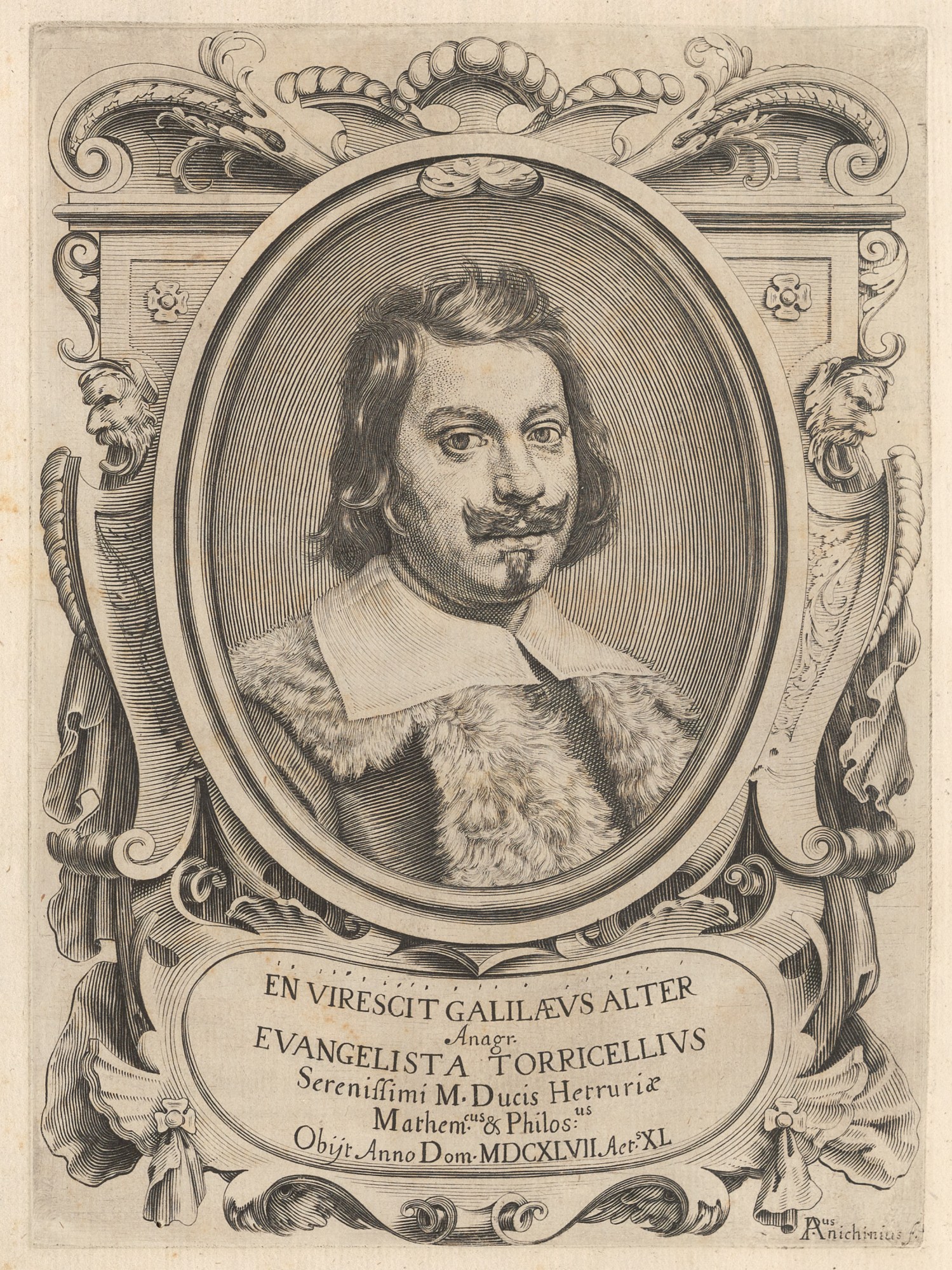

Experiments are at the core of science. It is typically by experimentation that scientific progress is made: say, from the discovery of the first virus in 1892 to the creation of covid-19 vaccines in 2020. We might be tempted to assume, then, that the process by which experiments lead to reliable and useful knowledge is well understood. But that’s not really so. In putting together my book Beautiful Experiments, a (highly selective) history of experimental science, one of my aims was to show that scientific knowledge has not been steadily churned out from the well-oiled machinery of experimental methodology; the emergence of robust theories and concepts from empirical investigations is altogether more haphazard, and more interesting.
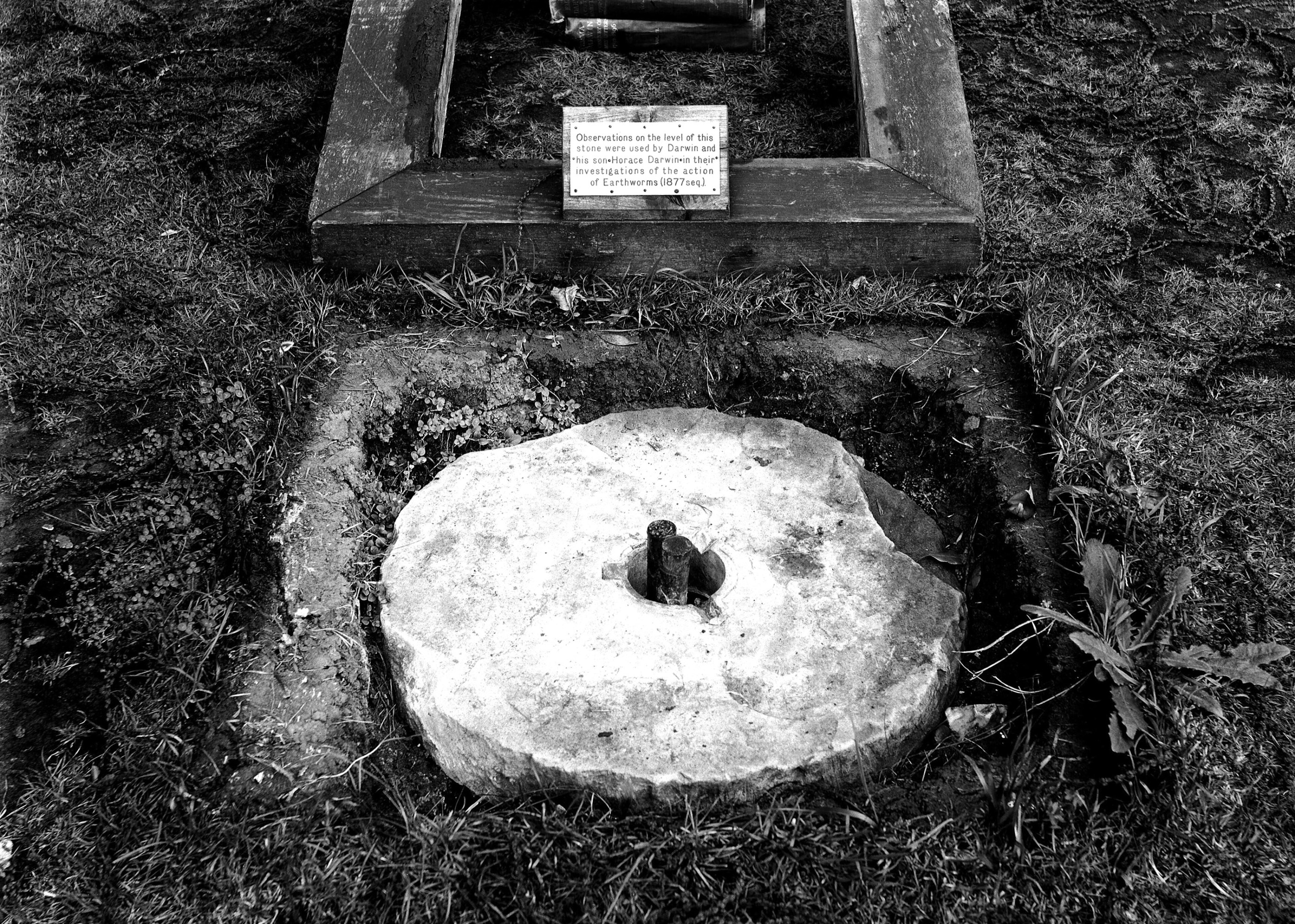
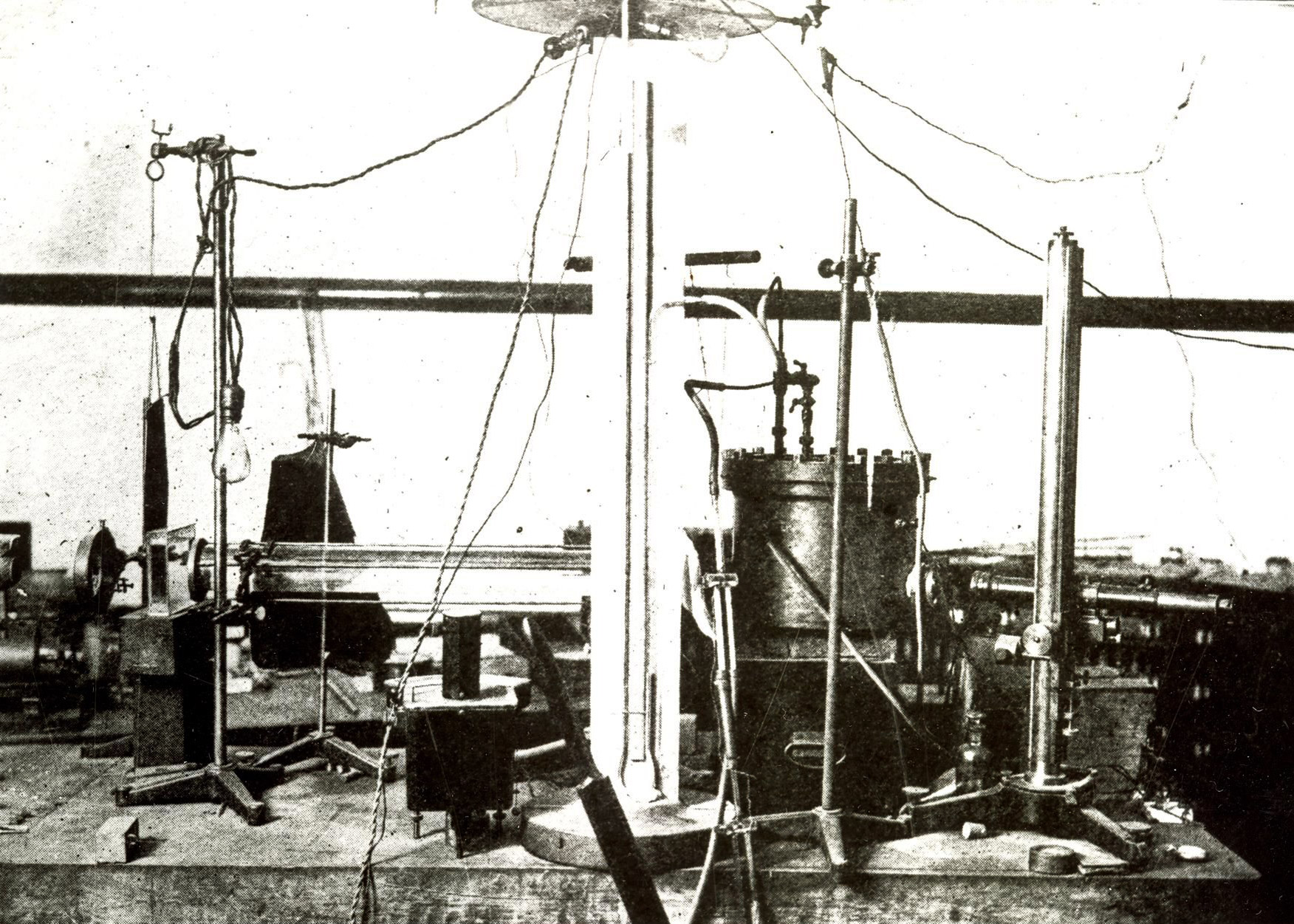
We can, as I do here, talk about some experiments as being “beautiful,” though what that means isn’t easily stated. There are many potential aesthetic virtues in an experiment: beauty of concept, economy of instrumental design, the aptness with which the two are aligned, and elegance of reasoning in interpreting the results. These are qualities that require creativity and imagination—there is no prescription for them.
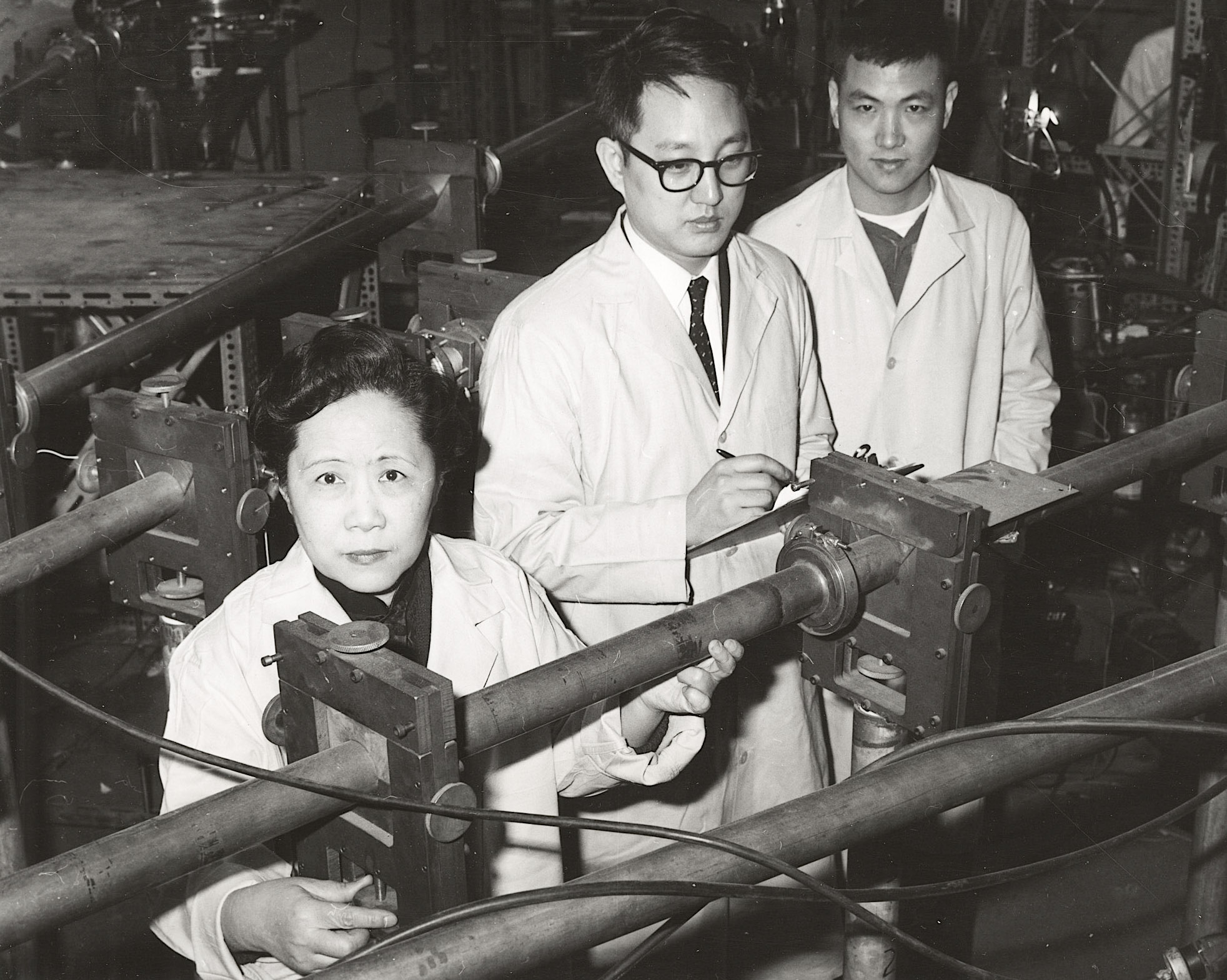
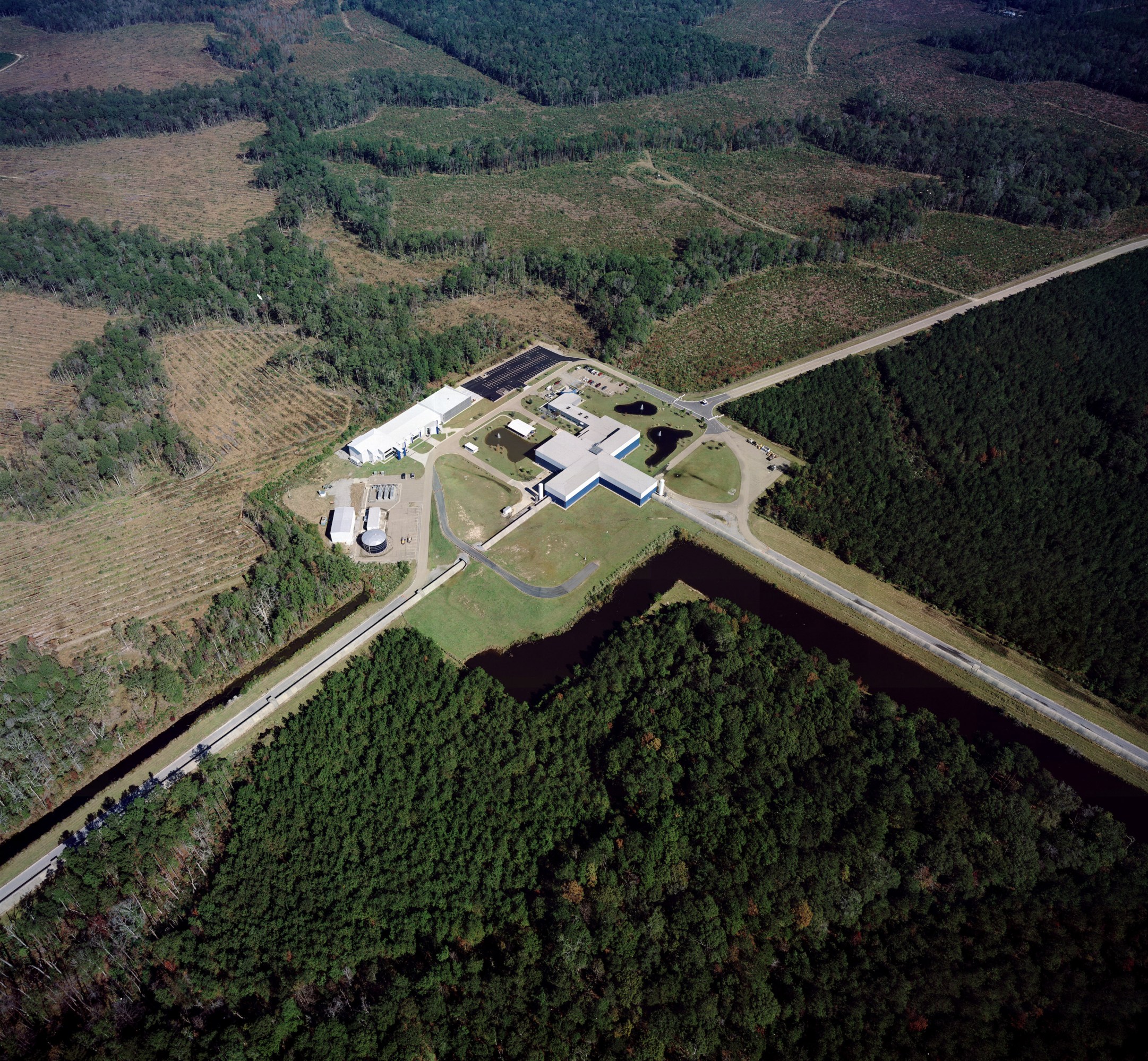
There are scientists who seem to have a talent for aesthetically pleasing experimental design—none more so than the New Zealand–born physicist Ernest Rutherford, who in 1908 discovered the dense atomic nucleus by scattering alpha particles from gold foil and subsequently proposed the “solar system” model of the atom, in which subatomic particles orbit one another in mostly empty space. A beautiful experiment marshals the available resources to disclose what casual inspection will not. For example, many biologists consider the 1958 experiment by Matthew Meselson and Franklin Stahl on how DNA replicates to be the most beautiful in their discipline. Their trick was turning a seemingly impossible puzzle—how to distinguish between possibilities whose outcomes look identical—into a soluble one by using atomic isotopes to create DNA strands that are chemically identical but physically separable.
An elegant experiment can look like a collaboration with nature to uncover “something deeply hidden,” as Einstein put it. Physics Nobel laureate Frank Wilczek has suggested that beauty in a scientific idea becomes manifest when you get out more than you put in: the idea delivers something new and unexpected.
When an experiment does that, we see science at its most magical: we ask a question of the universe, and it tells us something more. Every scientist longs for such moments, and treasures them if they come.
This story was excerpted from Beautiful Experiments: An Illustrated History of Experimental Science (2023).
Deep Dive
Culture
Meet the divers trying to figure out how deep humans can go
Figuring out how the human body can withstand underwater pressure has been a problem for over a century, but a ragtag band of divers is experimenting with hydrogen to find out.
China’s next cultural export could be TikTok-style short soap operas
These apps are betting on low-budget productions, two-minute episodes, scripts adapted from Chinese web novels, and an aggressive marketing strategy.
The tech that helps these herders navigate drought, war, and extremists
Shiny, high-tech solutions often miss the mark. Can a simpler data-distribution project be the answer?
Why Chinese apps chose to film super-short soap operas in Southeast Asia
To keep the production budget low, FlexTV is tapping the vibrant English-speaking creative community in countries like Thailand and the Philippines.
Stay connected
Get the latest updates from
MIT Technology Review
Discover special offers, top stories, upcoming events, and more.